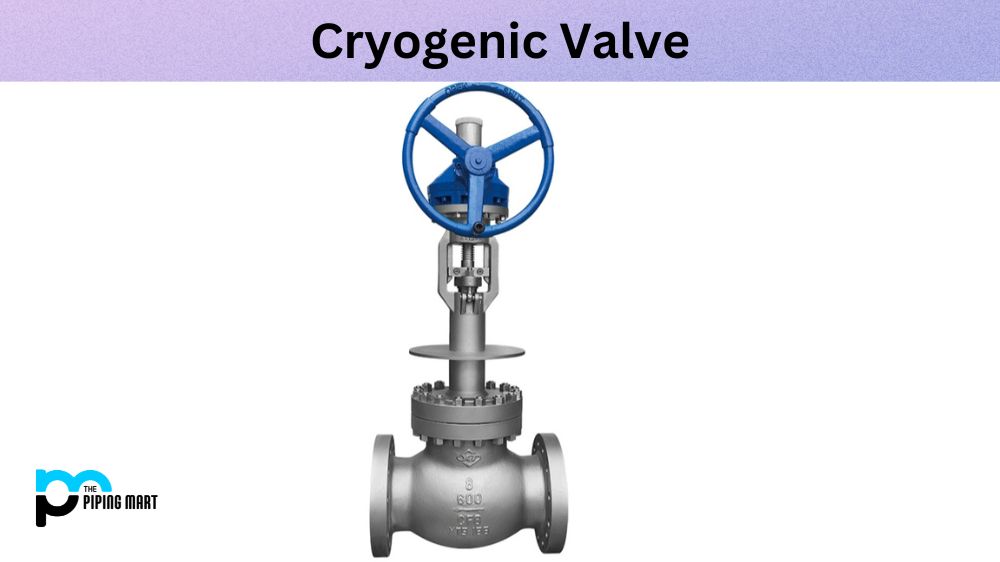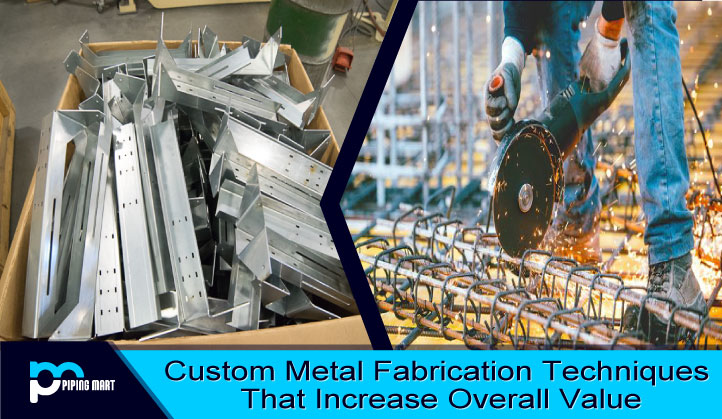Cryogenic valves have become increasingly popular in various industries, including oil and gas, pharmaceuticals, and aerospace. These valves are designed to withstand extreme low-temperature conditions, making them ideal for applications that require extreme cold. Cryogenic valves are often used to handle and transfer liquids like liquid nitrogen, oxygen, and other liquefied gases. In this article, we will look in-depth into the advantages and disadvantages of using cryogenic valves. This information will be useful to anyone considering using these valves in their operations.
What is Cryogenic Valve?
A Cryogenic valve is a fluid control device that handles cryogenic liquids such as oxygen, nitrogen, hydrogen and argon. These valves are specifically engineered for extremely low temperatures and can be made from various materials, including brass, titanium and stainless steel. These valves also feature high flow rates, excellent corrosion resistance and superb sealing capabilities for long-term performance at cryogenic temperatures.
Advantages of Cryogenic Valves
Reliability: Cryogenic valves are highly reliable even in extreme cold conditions. They are designed to meet stringent temperature requirements set by different industries, providing long-lasting, durable, and dependable service.
Low Maintenance: Due to their unique design, cryogenic valves require less maintenance than traditional valves. They are made of materials that can withstand low temperatures and are less prone to wear and tear.
Cost-effective: Despite the initial investment in cryogenic valves, they are relatively cost-effective in the long term. Their low maintenance, long-lasting, and durable service life make them an ideal industry choice.
Improved Performance: Cryogenic valves are designed to improve performance in extremely low-temperature conditions, ensuring an efficient transfer of liquids at all times.
Disadvantages of Cryogenic Valves
Limited Range of Applications: Cryogenic valves are only suitable for extreme low-temperature applications. They cannot be used in other temperature ranges.
Higher Initial Cost: Cryogenic valves are initially more expensive than traditional valves due to their advanced design and unique construction materials. However, their long-term cost-effectiveness balances out the initial investment.
Reverse Compatibility: In certain cases, cryogenic valves may not be compatible with traditional valve systems. This may mean having to replace entire systems to accommodate the new valves.
Welding Constraints: Cryogenic valves require specialized welding procedures due to the nature of the materials they are made of and the low temperatures they operate in. This may increase the overall installation cost.
Conclusion:
Cryogenic valves are an excellent choice for anyone seeking reliable and efficient performance in extremely low-temperature applications. Although they have some disadvantages, their advantages far outweigh the disadvantages. When deciding to use cryogenic valves, it is essential to consider the application and compatibility with other systems already in place, as well as the initial investment, temperature requirements, and welding constraints. With proper consideration of these factors, you will undoubtedly make the right choice.

Meet Bhavesh, a seasoned blogger with a wealth of knowledge and experience. From metal products manufacturing to retail, Bhavesh has a diverse background in various industries and is dedicated to sharing his insights and expertise with readers.




